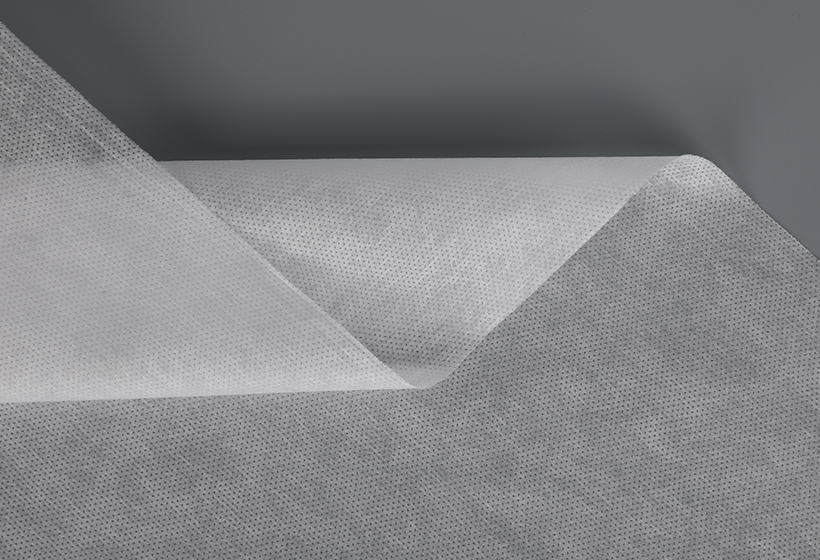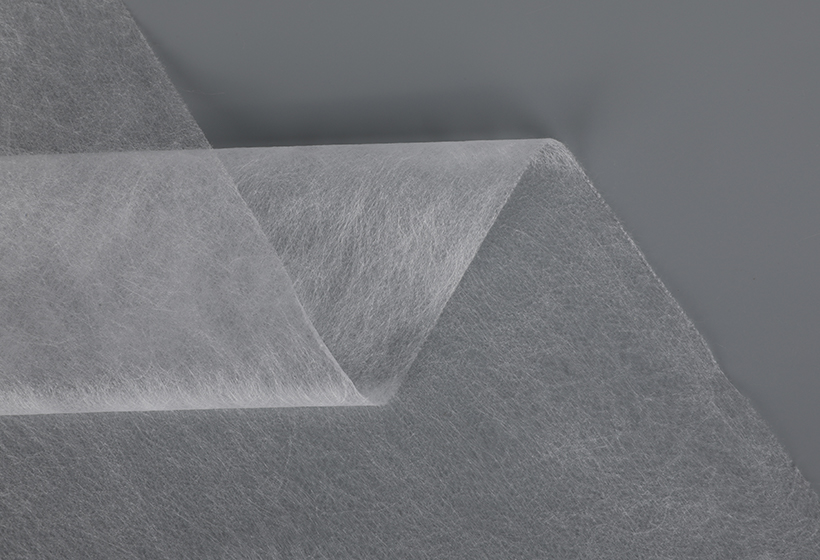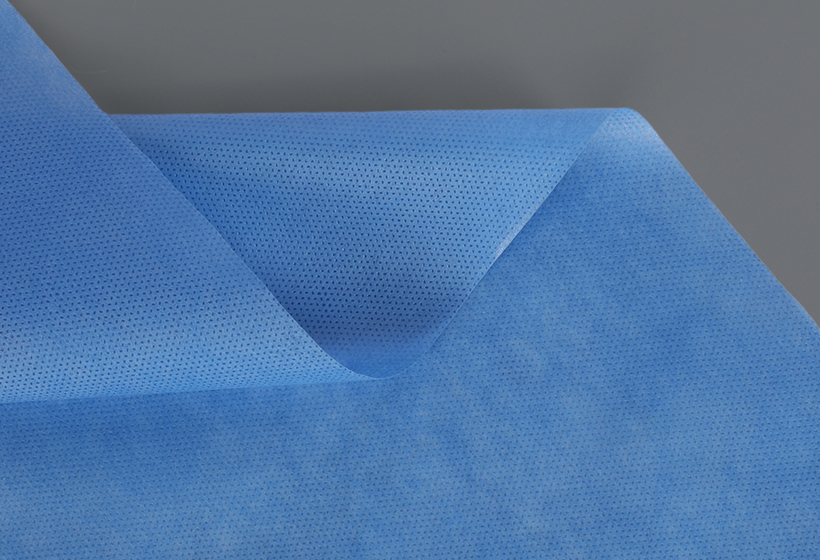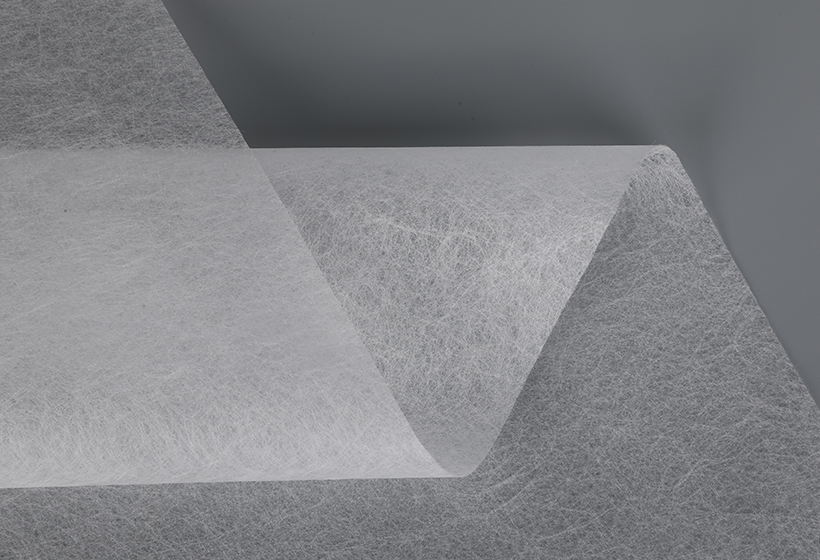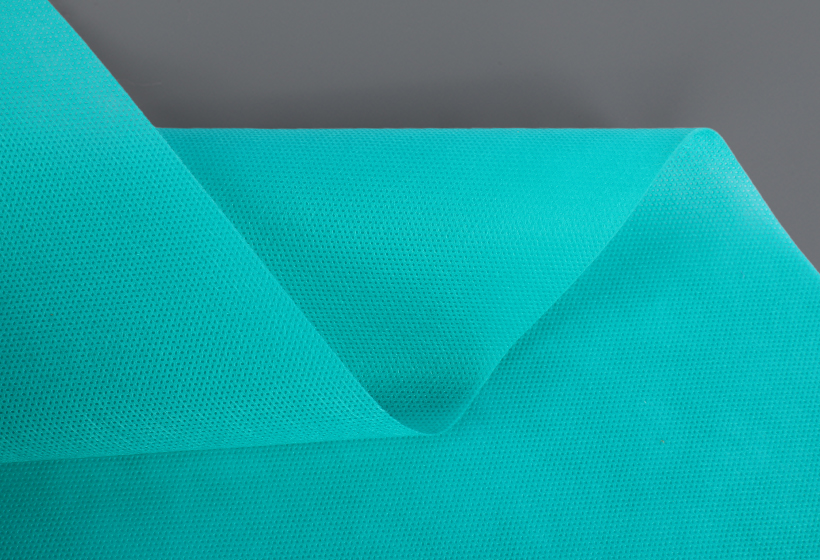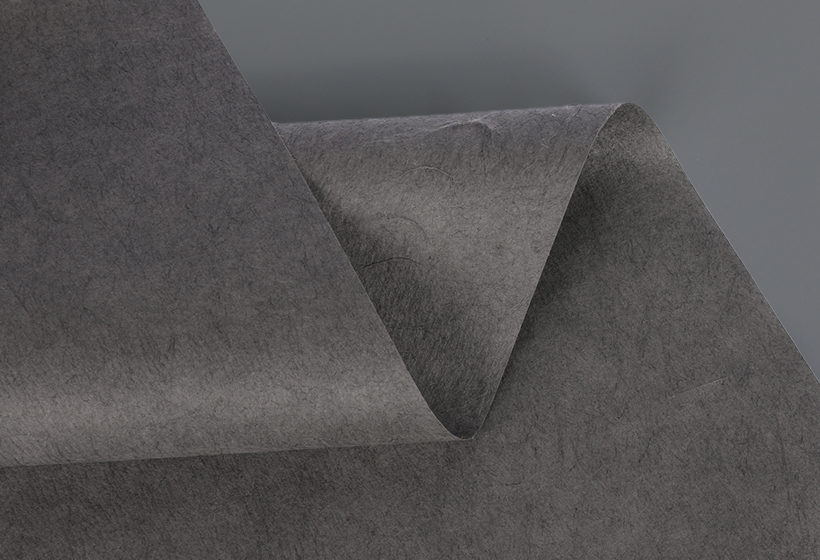Bi-component nonwoven fabrics are used in many applications, including hygiene and medical products. They are especially beneficial for products that require high durability or anti-bacterial properties. For example, bicomponent nonwoven fabric is often used in wipes and bandages for wound care. It also serves as an absorbent material in feminine hygiene products.
Bi-component nonwoven fabrics are manufactured by mixing two polymeric microfibers. Each fiber has a different diameter. The difference between the diameters of the two fibers can affect the performance of the fabric. This is due to the different polymers' melting points. Therefore, the fabric has a unique character. One of the advantages of these fabrics is their ability to be spun into a textured yarn.
In the present invention, we develop a novel finite element simulation strategy for bi-component fiber nonwoven fabrics. In particular, we developed a micromechanical computational model that represents the anisotropic nonlinear mechanical behavior of these fabrics. By developing and comparing this strategy with traditional finite element (FE) modeling techniques, we can elucidate the mechanisms that influence the mechanical properties of these materials.
The new finite element modeling strategy is based on discrete-phase modeling approaches. We have demonstrated that it can represent the mechanical behavior of bi-component fiber nonwoven fabrics in a more realistic manner. Previously, the mechanical behavior of these fabrics was characterized by FE models, which primarily take into account the bonds between composite regions. To account for the microstructural randomness in these materials, we introduced the orientation distribution function into the calculation. We found that the tensile strength of bicomponent fibers is classified as Efl, while the TTI of pure PLA nonwoven fabric is 73.2 s. However, the anisotropic material properties are calculated by calculating the constituent fiber properties.
The new strategy also allows us to explore the effect of bonding between bicomponent fibers and to calculate their mechanical properties. Furthermore, the core/sheath fibers that act as load-transfer links between composite bond points were also modeled directly according to the orientation distribution. These mechanical properties were derived through a special in-house algorithm.
As a result of the development of this new approach, we are able to elucidate the mechanisms involved in the deformation of these fabrics. Our results show that the bond points between the fibers play an important role in determining the mechanical behavior of these fabrics. Moreover, we propose that a new, discrete phase FE model can be used to elucidate the deformation of bi-component nonwovens.
The bi-component nonwoven fabric of the present invention can be produced using existing fiber-forming processes. These processes include a combination of two pairs of roller nips. After the fibers have been melted and stretched, they are assembled into a web. During this process, the fibers are treated with heat and adhesives. The web is then collected onto a collector screen. From the collection screen, the fibers are reoriented and then spun into the final bi-component nonwoven fabric.
Another advantage of this approach is the ability to develop a novel textured yarn from the bi-component fibers. Moreover, this technology can be employed for creating a bi-component fabric for various applications, such as the manufacture of industrial filter media.
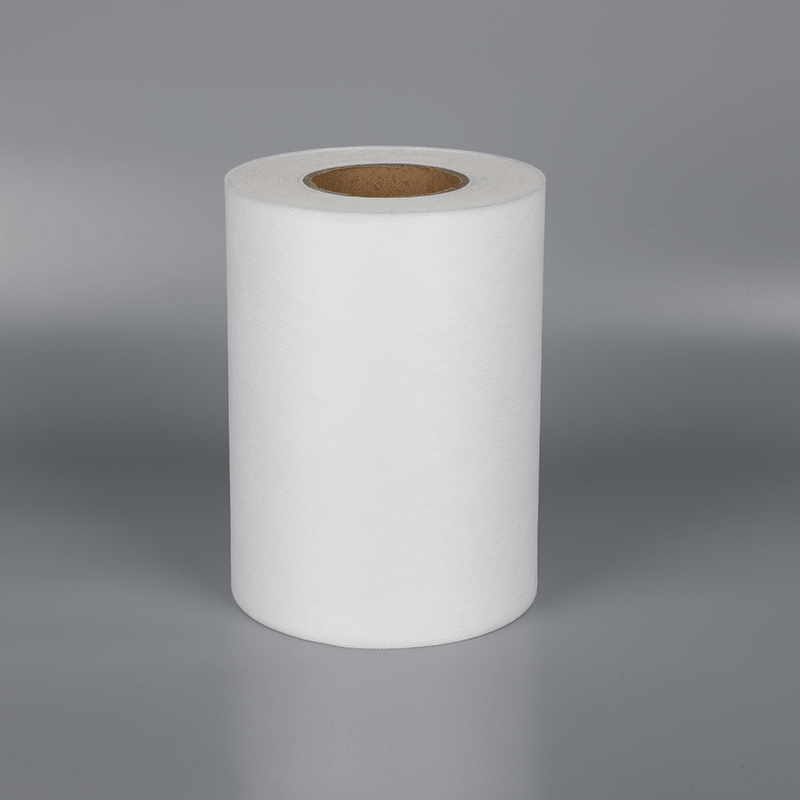 Bi-component nonwoven fabric
Bi-component nonwoven fabric
Applications: Hygiene: Baby diaper bottom sheet and waist, food packaging, etc.
Bi-component nonwoven fabric, also known as bicomponent or conjugate fibers, is a type of fabric made from two different polymers that are combined during the manufacturing process. The two polymers can have different properties, such as melting points, which allow the fabric to have specific qualities and characteristics. The fibers can be arranged in a variety of ways, such as side-by-side or sheath-core, which results in different properties for the final fabric.


 English
English Español
Español
